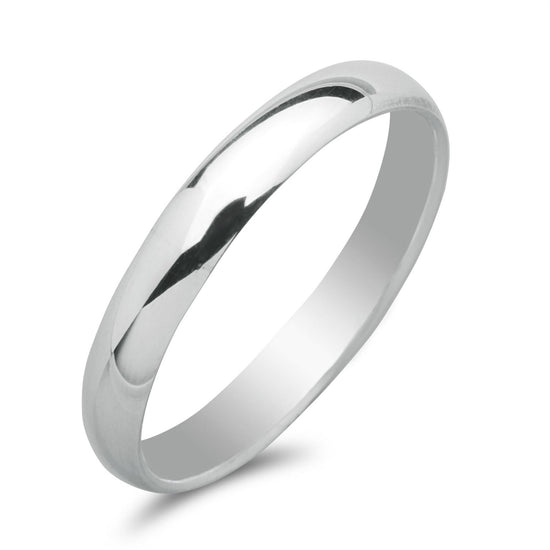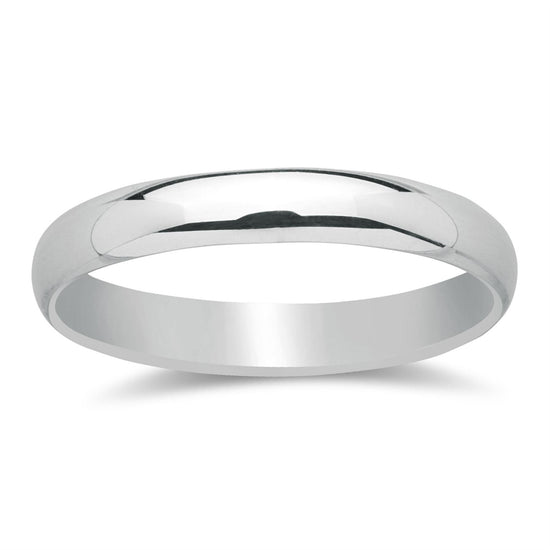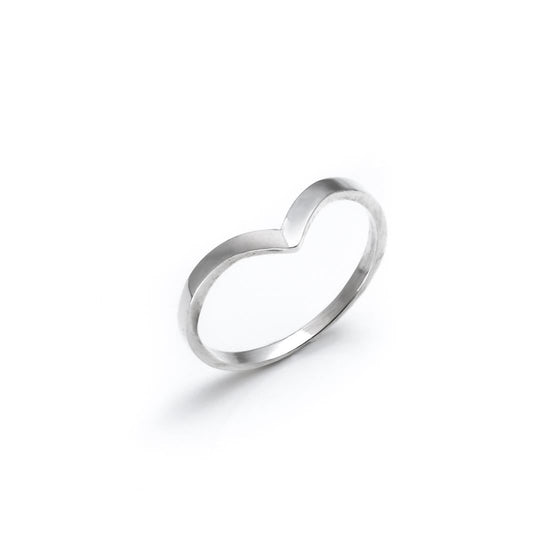
And there you have it folks! With the changeover of the clocks comes the inevitable chill of the English winter. We had a marvellous run with days on end of 30 + degree weather, days of exasperated fanning and park-side tanning, but pavements lined with trench coats are here to tell us those days are well behind us.
So just why should we be concerned when such ‘gloriously’ warm weather hits our shores? Well apart from the likelihood of a vengeful winter, the unusual weather has brought the subject of climate change into discussions once more. If the record temperatures are the signs of a worn down environment, then the current trends in the fashion industry are certainly not helping the strain.
The fashion industry contributed a whopping £28.1bn to the country’s coffers in 2015, up from £21bn in 2009, according to British Fashion Council data quoted from the Guardian. The same article highlights how the environmental impact of the sizeable and fast-growing industry has come onto the radar of MPs due to the current trend often described as ‘fast fashion’.
Fast fashion refers to the tendency for lower quality clothing, made for shorter periods of wear, to be produced and purchased. This contributes to a build-up of plastic and fibre wastage, as well as an increase in emissions and water usage in production.

According to UK data, the numbers point to a growing wastage problem. Huffington Post reported (quoting WRAP figures) that over one million tonnes of clothing was purchased in the UK in 2016.
In the same year, fabric waste in the supply chain equalled an estimated 800,000 tonnes, while consumers discarded 300,000 tonnes of clothing. And with the ever-increasing demand in staying fashionable and keeping our wardrobe options filled, these numbers are only likely to increase without greater awareness.
It isn’t just the sheer volume of wastage, however, an additional concern is  the makeup of the cheaper items that end up in our wardrobes. The ease of availability and price point of polyester means it is now used in about 60% of our clothes. Greenpeace says that CO2 emissions in the production process of this material can be nearly three times higher than cotton!
the makeup of the cheaper items that end up in our wardrobes. The ease of availability and price point of polyester means it is now used in about 60% of our clothes. Greenpeace says that CO2 emissions in the production process of this material can be nearly three times higher than cotton!
And the really scary bit? This material is contributing to the contamination of our food! Washing cycles release tiny strands or ‘microfibres’ which are essentially tiny pieces of plastic. The wash releases these elements into the environment, which, through the water re-entry into our oceans, can eventually make its way up the food chain and onto our plates.
While those tans may have come out quite nice this year, environmental damage is anything but positive. A focus needs to be established to achieve some degree of sustainability, and non-profit groups have pointed to recycling and reuse of fashionable purchases as good steps going forward.
There is a growing call for consumers to focus on buying quality clothing that will last a longer period or opting for second hand or vintage clothing. The advent of online purchasing means more options than ever exist today. Through the reuse of clothing, consumers can have an effect on the industry at large.
If clothes have come to an end of their wear or a clear-out of the wardrobe needs to occur, it's worth it to find an organisation that recycles clothing. By taking this extra step, landfill waste is reduced, and energy usage for new clothing demand is potentially reduced.
The occasional bright summer aside, there is plenty to worry about when a stressed environment is concerned. While the fashion industry may not be the first suspect on the list of polluters, the reality is that current buying trends, often referred to as ‘fast fashion’, are encouraging practices that are having a major negative impact.
We need to be more aware of the impact of our cultural and social trends, as we’re beginning to see serious effects that can be linked to a suffering environment. It’s worth it to put in that little effort to adapt, achieve a sustainable balance and keep our fashionable closets in sync with the world.
Feature photo
- Photo by Artem Bali from Pexels
Infographic
- FashionUnited
T-shirts
- Photo by Aden Ardenrich from Pexels

















